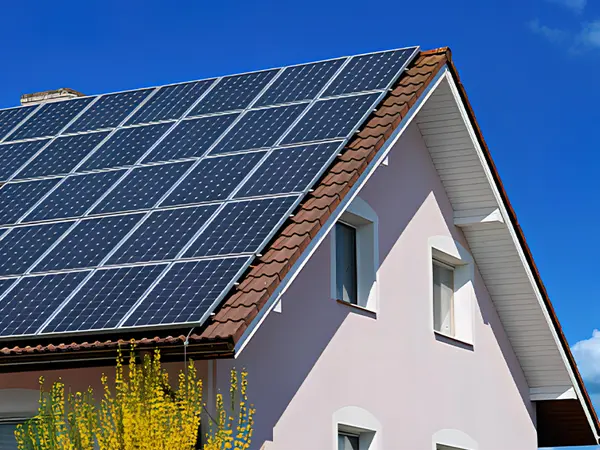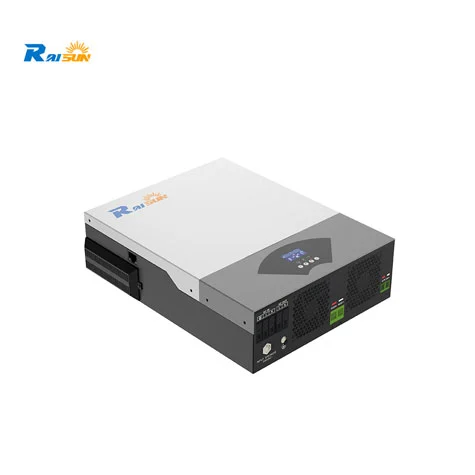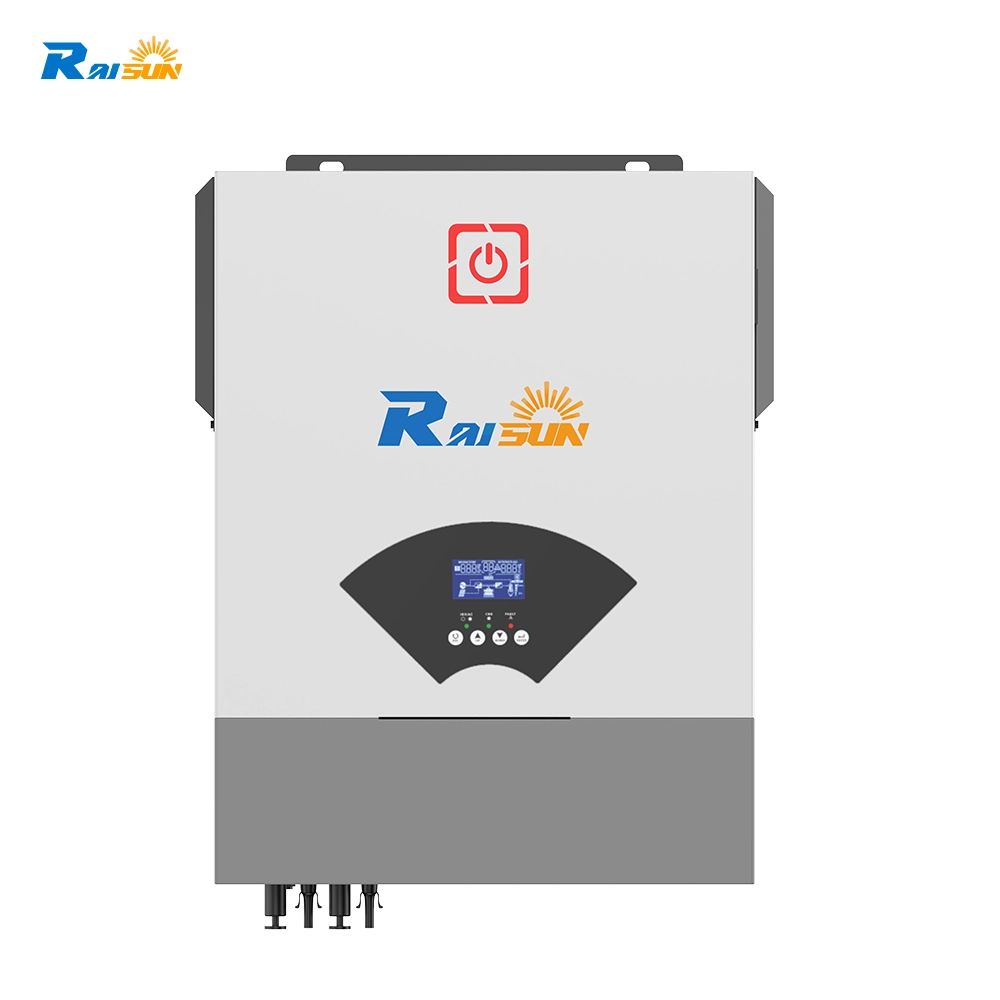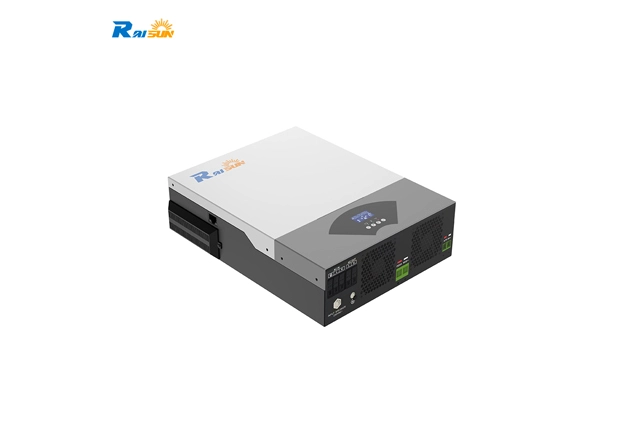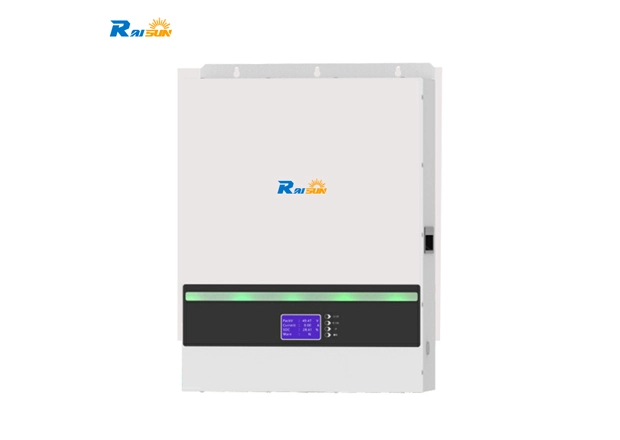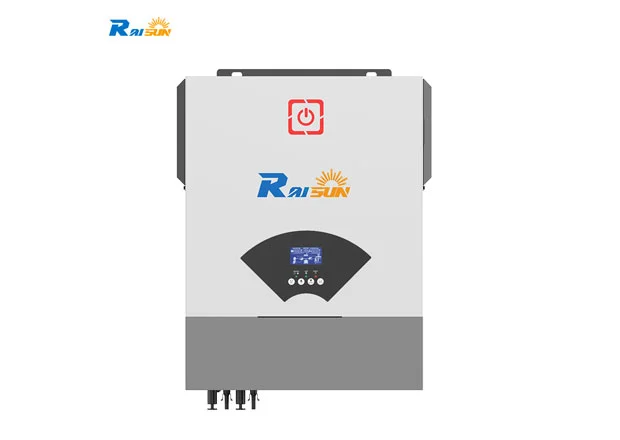How Long Do Residential Solar Inverters Last?
In a photovoltaic system, the life of the residential power inverter is generally 25 years.
Structurally speaking, this life depends on the internal components of the inverter, including circuit boards, power switch tubes, capacitors, LCD screens and fans. In an inverter, one of the most prone to failure components is the circuit board and capacitors. The electrolyte in the capacitor is likely to evaporate and dry out over time, resulting in an increase in the equivalent series impedance, and the increase in the equivalent series impedance will aggravate the evaporation and dryness of the electrolyte, which will cause the inverter to fail.
To prolong the service life of the solar power converter, when designing the photovoltaic system, it is necessary to consider the matching of the capacity of the inverter and the photovoltaic system. In most cases, the power generation capacity of the photovoltaic system is lower than the capacity of the inverter.
In addition, regular maintenance and maintenance are required. Regularly remove dust from the circuit board. Dust can enter the device and reach the circuit boards, it can cause a short circuit. At the same time, pay attention to heat dissipation to avoid the generation of water vapor caused by untimely heat dissipation. Excessive humidity will accelerate corrosion and cause the electrical terminals and connections of the inverter to rust faster.
Guide to Residential Solar Inverters: PV vs. Micro vs. Hybrid
PV Inverters:
Used in a stand-alone system, the power of the PV solar panel is directly converted into a conventional voltage through an inverter, and applied to various electrical appliances.
The photovoltaic array charges the battery, and the inverter uses the DC voltage of the battery as the energy source. Many stand-alone inverters also incorporate a battery charger that can charge the battery from AC power. Generally, this kind of inverter will not touch the grid, so it does not need the island effect protection function.
The photovoltaic inverter will use maximum power point tracking (MPPT) technology to extract the maximum possible power from the solar panel. The purpose of maximum power point tracking is to sample the output of the solar module in each environment to generate a load resistance (of the solar module) to obtain the maximum power.
Micro Inverters:
A micro photovoltaic inverter is a photovoltaic inverter that only works with a single solar module, converting the DC power of the solar module into AC power. Its design allows independent parallel operation of multiple micro photovoltaic inverters in the form of modules.
The advantages of micro photovoltaic inverters include: 1) power optimization can be performed for a single solar module; 2) each module can operate independently; 3) the cost of system design is the lowest, and the inventory can also be reduced to the lowest .
Hybird Inverters:
Hybrid inverters are an upgrade based on solar inverters. It incorporates the functionality of a solar inverter, converting DC to AC, and also adds a built-in solar controller, such as MPPT or PWM type. Therefore, to be precise, a hybrid inverter is a solar inverter with a built-in charge controller, which is an all-in-one machine. A system with a hybrid inverter installed does not need to install an additional controller when it is connected to the solar panel.

